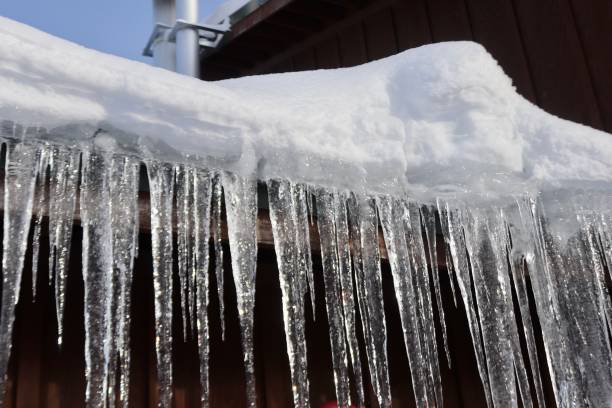Prevent Frozen Plumbing in Cold Weather: Expert Advice
Call TodayThey are making a few good pointers about How to Prevent Your Pipes From Freezing overall in the article in the next paragraphs.

Cold weather can wreak havoc on your pipes, especially by freezing pipelines. Right here's just how to stop it from occurring and what to do if it does.
Intro
As temperature levels decrease, the threat of frozen pipelines increases, possibly leading to costly fixings and water damage. Recognizing how to avoid frozen pipes is essential for property owners in cool environments.
Avoidance Tips
Shielding prone pipes
Wrap pipelines in insulation sleeves or utilize warmth tape to shield them from freezing temperature levels. Focus on pipes in unheated or outside locations of the home.
Heating strategies
Maintain indoor rooms effectively warmed, specifically locations with pipes. Open up cupboard doors to allow warm air to distribute around pipelines under sinks.
Just how to determine frozen pipes
Look for reduced water flow from taps, uncommon smells or noises from pipes, and noticeable frost on exposed pipelines.
Long-Term Solutions
Architectural adjustments
Take into consideration rerouting pipes away from outside wall surfaces or unheated areas. Include additional insulation to attic rooms, basements, and crawl spaces.
Upgrading insulation
Buy top quality insulation for pipes, attics, and walls. Proper insulation aids keep constant temperatures and decreases the threat of icy pipelines.
Securing Outside Plumbing
Garden hose pipes and outdoor taps
Separate and drain yard pipes before wintertime. Set up frost-proof faucets or cover exterior faucets with shielded caps.
Comprehending Frozen Pipelines
What causes pipelines to freeze?
Pipelines freeze when subjected to temperatures below 32 ° F (0 ° C) for prolonged periods. As water inside the pipes freezes, it increases, putting pressure on the pipe wall surfaces and possibly triggering them to break.
Risks and problems
Frozen pipes can bring about water disruptions, property damage, and costly repair work. Burst pipelines can flooding homes and cause considerable architectural damage.
Indicators of Frozen Water Lines
Recognizing icy pipelines early can prevent them from breaking.
What to Do If Your Pipelines Freeze
Immediate actions to take
If you presume icy pipelines, maintain faucets open to alleviate pressure as the ice melts. Use a hairdryer or towels soaked in hot water to thaw pipelines gradually.
Verdict
Stopping frozen pipes requires positive steps and quick responses. By recognizing the reasons, indications, and preventive measures, property owners can secure their pipes throughout cold weather.
5 Ways to Prevent Frozen Pipes
Drain Outdoor Faucets and Disconnect Hoses
First, close the shut-off valve that controls the flow of water in the pipe to your outdoor faucet. Then, head outside to disconnect and drain your hose and open the outdoor faucet to allow the water to completely drain out of the line. Turn off the faucet when done. Finally, head back to the shut-off valve and drain the remaining water inside the pipe into a bucket or container. Additionally, if you have a home irrigation system, you should consider hiring an expert to clear the system of water each year.
Insulate Pipes
One of the best and most cost-effective methods for preventing frozen water pipes is to wrap your pipes with insulation. This is especially important for areas in your home that aren’t exposed to heat, such as an attic. We suggest using foam sleeves, which can typically be found at your local hardware store.
Keep Heat Running at 65
Your pipes are located inside your walls, and the temperature there is much colder than the rest of the house. To prevent your pipes from freezing, The Insurance Information Institute suggests that you keep your home heated to at least 65 degrees, even when traveling. You may want to invest in smart devices that can keep an eye on the temperature in your home while you’re away.
Leave Water Dripping
Moving water — even a small trickle — can prevent ice from forming inside your pipes. When freezing temps are imminent, start a drip of water from all faucets that serve exposed pipes. Leaving a few faucets running will also help relieve pressure inside the pipes and help prevent a rupture if the water inside freezes.
Open Cupboard Doors
Warm your kitchen and bathroom pipes by opening cupboards and vanities. You should also leave your interior doors ajar to help warm air circulate evenly throughout your home.

We are very interested by How to Prevent Your Pipes From Freezing and I'm hoping you appreciated the entire blog entry. Do you know about another individual who is curious about the topic? Be sure share it. I praise you for being here. Revisit us soon.
Source This Article